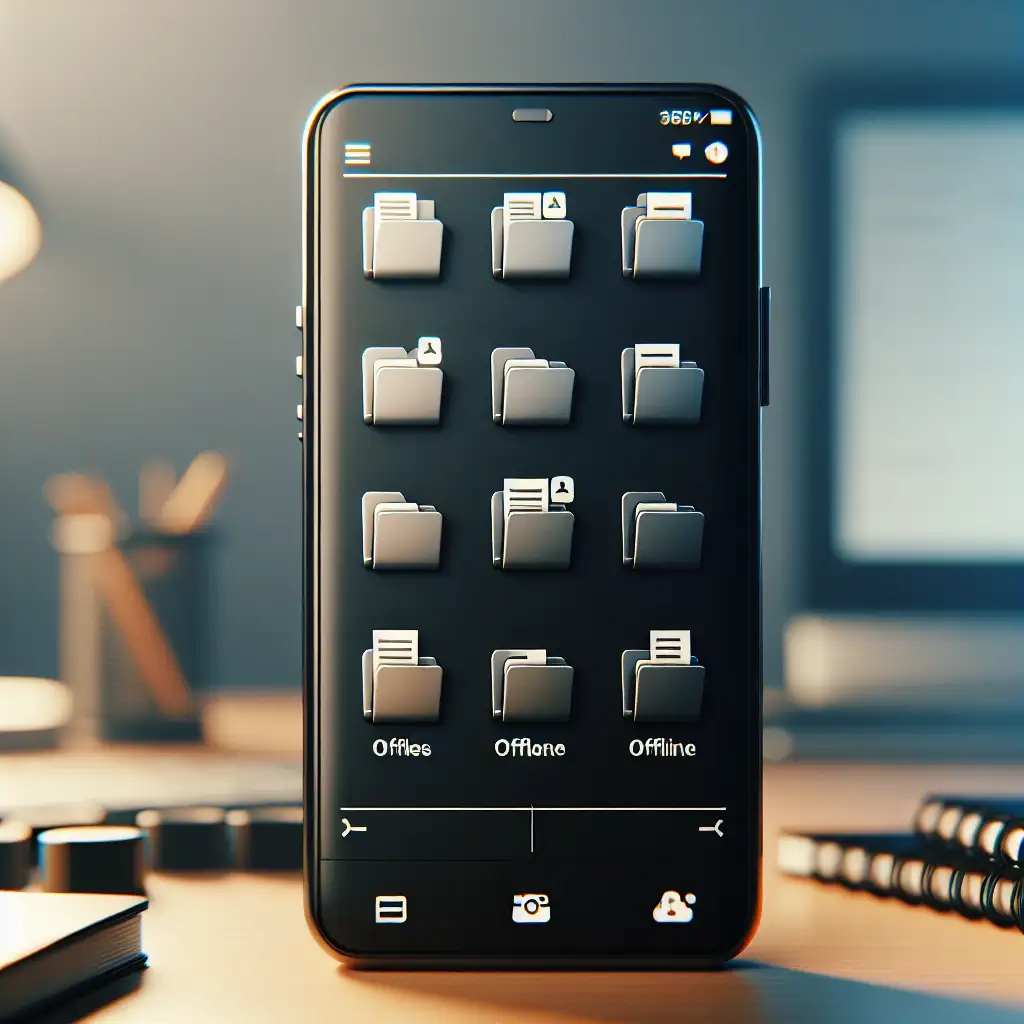Mastering Google Drive on iPhone: Streamline Your Workflow with Smart Folder Management and Offline Access
Forget the generic upload-and-download narrative—it’s time to rethink Google Drive on your iPhone as a dynamic workspace where intelligent folder organization and offline accessibility can transform the way you manage files remotely. Understanding how to leverage Google Drive’s capabilities on the iPhone empowers you to maintain productivity on the go, eliminating dependency on desktop environments and unstable internet connections.
In this practical guide, we’ll explore how to master Google Drive on your iPhone by focusing on two powerful features: smart folder management and offline access. Follow along for actionable tips and best practices to streamline your mobile workflow.
Why Use Google Drive’s iPhone App?
The Google Drive app isn’t just a space to store files; it’s a productivity hub designed for mobile users. Whether you’re attending meetings, commuting, or simply away from your computer, managing your Drive efficiently on your iPhone keeps you in control.
1. Organizing Your Files with Smart Folder Management
Effective folder management is crucial to reduce clutter and quickly locate important documents — especially on smaller screens.
How to Create and Manage Folders:
-
Create New Folders:
- Open the Google Drive app.
- Tap the + (plus) button at the bottom right.
- Select Folder.
- Name your folder clearly (e.g., “Projects Q2” or “Invoices 2024”).
-
Move Files into Folders:
- Locate the file you want organized.
- Tap the three-dot menu beside it.
- Select Move.
- Choose the desired folder or create a new one.
Pro Tip: Use Nested Folders
To mimic desktop hierarchy, create subfolders within folders for finer organization — for example, within “Clients,” have folders like “Client A,” “Client B,” etc. This is perfect for freelancers managing multiple accounts.
Color Coding & Naming Conventions
Google Drive doesn’t offer folder color-coding like some apps, but you can use naming conventions with emojis (📁, 📄) or prefixes (e.g., 01_, A_) to visually differentiate folders in your list quickly.
2. Access Your Files Without Internet Using Offline Mode
One hurdle of mobile productivity has always been spotty internet connectivity. Google Drive’s offline mode lets you open, edit, and save documents when offline — syncing changes once reconnected.
How to Enable Offline Access:
- Open the Google Drive app.
- Navigate to a critical file or folder you want available offline.
- Tap the three-dot menu next to that item.
- Toggle Available offline (also shown as a small pin icon).
Repeat this for all files or folders that need offline availability.
Managing Offline Storage:
Offline files are saved locally — check storage usage in Settings > Offline > Storage Used to avoid filling your iPhone’s memory excessively.
Practical Examples of Using Google Drive on iPhone
Example #1: Working During Travel
Imagine you’re flying without Wi-Fi access but need to review a client’s presentation saved in Google Slides:
- Before boarding, mark the Slides file Available offline.
- During flight, open and rehearse directly from your phone—no connection needed.
- Make last-minute edits; changes automatically sync once Wi-Fi is restored upon landing.
Example #2: Quickly Sharing Meeting Notes
During meetings, take notes in Google Docs via your phone:
- Create a “Meeting Notes” folder for organized storage.
- After each meeting, move notes into this folder with clear titles like “2024-06-15_Project X Kickoff.”
- Share files instantly using the share option without needing a computer.
Bonus Tips for Power Users
-
Use Search + Filters Effectively: On iPhone, tap the search bar then select filters like file type or modification date to quickly find documents buried deep within folders.
-
Star Important Files: Tap the star icon next to critical documents for quick access under "Starred" tab without hunting through folders constantly.
-
Use Third-party Apps: Integrate apps like Microsoft Office or PDF editors with Drive via “Open In” functionality directly from your file list for better editing experiences.
Conclusion
Mastering Google Drive on your iPhone involves more than just uploading photos or random documents—it demands smart file organization coupled with robust offline capabilities. By using strategic folder structures and enabling offline access for essential files, you effectively turn your phone into a powerful mobile workstation that keeps pace with your busy lifestyle.
Next time you pick up your iPhone, try implementing these tips and watch how much smoother and more reliable managing your documents remotely becomes.
Stay productive anywhere!
Did you find this guide helpful? Drop a comment below or share how you use Google Drive on your iPhone!
